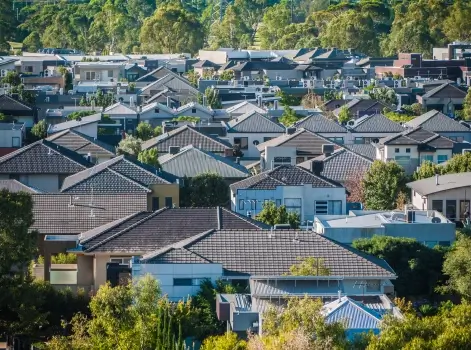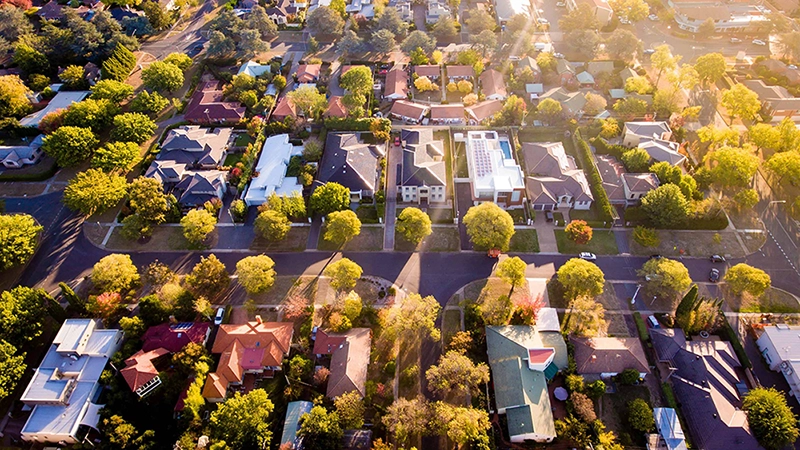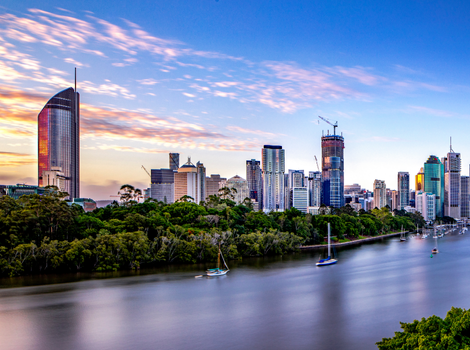Updated: 02 Jun, 2025
Australia’s housing market extended its gains in May 2025, with dwelling values rising 0.5% nationally. This brought cumulative growth to 1.7% over the first five months of the year. Every capital city recorded an increase of at least 0.4%, underscoring a broad-based and consistent recovery. Momentum has been boosted by the Reserve Bank of Australia’s May rate cut and the growing expectation of rate cuts later in the year. Cotality Research Director Tim Lawless said both past and anticipated rate reductions are fuelling buyer confidence, with auction clearance rates trending higher.
Read the full report here.
State/Territory Performance Overview
| State/City | HVI Change (May 2025, %) | Description |
|---|---|---|
| Sydney | 0.5% | Modest but consistent growth, supported by stronger upper-quartile performance. |
| Melbourne | 0.4% | Growth returns, but Melbourne has an annual decline of -1.2%. |
| Brisbane | 0.6% | Solid month-on-month gains, underpinned by demand resilience. |
| Adelaide | 0.4% | Steady growth; annual gains remain strong at 8.6%. |
| Perth | 0.7% | Still the national leader in annual growth (+8.6%) despite signs of moderation. |
| Hobart | 0.6% | Rebounding after previous declines. |
| Darwin | 1.6% | Strongest monthly performer among capitals, driven by demand surge and limited supply. |
| Canberra | 0.4% | Subdued performance with a negative annual change (-0.7%). |
Regional vs. Capital Cities
Regional and capital city markets are showing rare alignment in performance, with both combined capitals and combined regionals rising 0.5% and 0.4%, respectively, in May. However, the similarity masks some important regional variations. Regional South Australia was the strongest-performing regional market with a 1.2% monthly gain, while regional Tasmania had the sharpest drop, falling 1.1%. This convergence suggests a narrowing performance gap between urban and lifestyle-focused areas as monetary policy and affordability shape buyer behaviour nationwide.
Rental Market Overview
The rental market is continuing to slow from its post-pandemic highs. Nationally, house rents rose by 0.4% in May, while unit rents showed varied performance across cities. Darwin and Perth continue to lead with strong annual rent growth, up 7.8% and 7.7% for units, respectively. In contrast, Sydney and Melbourne recorded some of the weakest rental gains, highlighting affordability constraints and reduced tenant movement. Gross rental yields remain stable, with regional areas offering higher returns, averaging 4.4% compared with 3.5% for capitals. Sydney holds the lowest gross yield at 3.1%, reflecting its high property prices relative to rents.
Market Activity & Selling Conditions
Selling conditions have improved marginally, aided by better auction clearance rates and rate-cut speculation. Listings remain relatively tight across most cities, although Sydney and Canberra showed stronger growth in upper-quartile markets. Darwin’s surge in values points to renewed buyer demand. At a national level, the gap between the highest and lowest annual capital city growth rates is now only 9.8 percentage points, the narrowest since March 2021, signalling a return to more balanced conditions.
Market Forecast
Looking ahead, several macro and policy factors will shape housing market performance through the rest of 2025:
- Interest-rate cuts are increasingly expected in the second half of 2025 as the RBA notes inflation is trending within its 2-3% target band.
- Affordability constraints remain a major challenge, especially in cities like Sydney and Melbourne, where price-to-income ratios are high.
- Federal election outcomes have brought renewed consumer confidence, especially among first-home buyers anticipating new deposit support schemes.
- Tight labour markets and a gradual loosening in unemployment are supporting buyer capacity in the short term.
- Risks remain from high household debt levels and structural constraints such as housing undersupply, which could prevent runaway growth but support stability.









